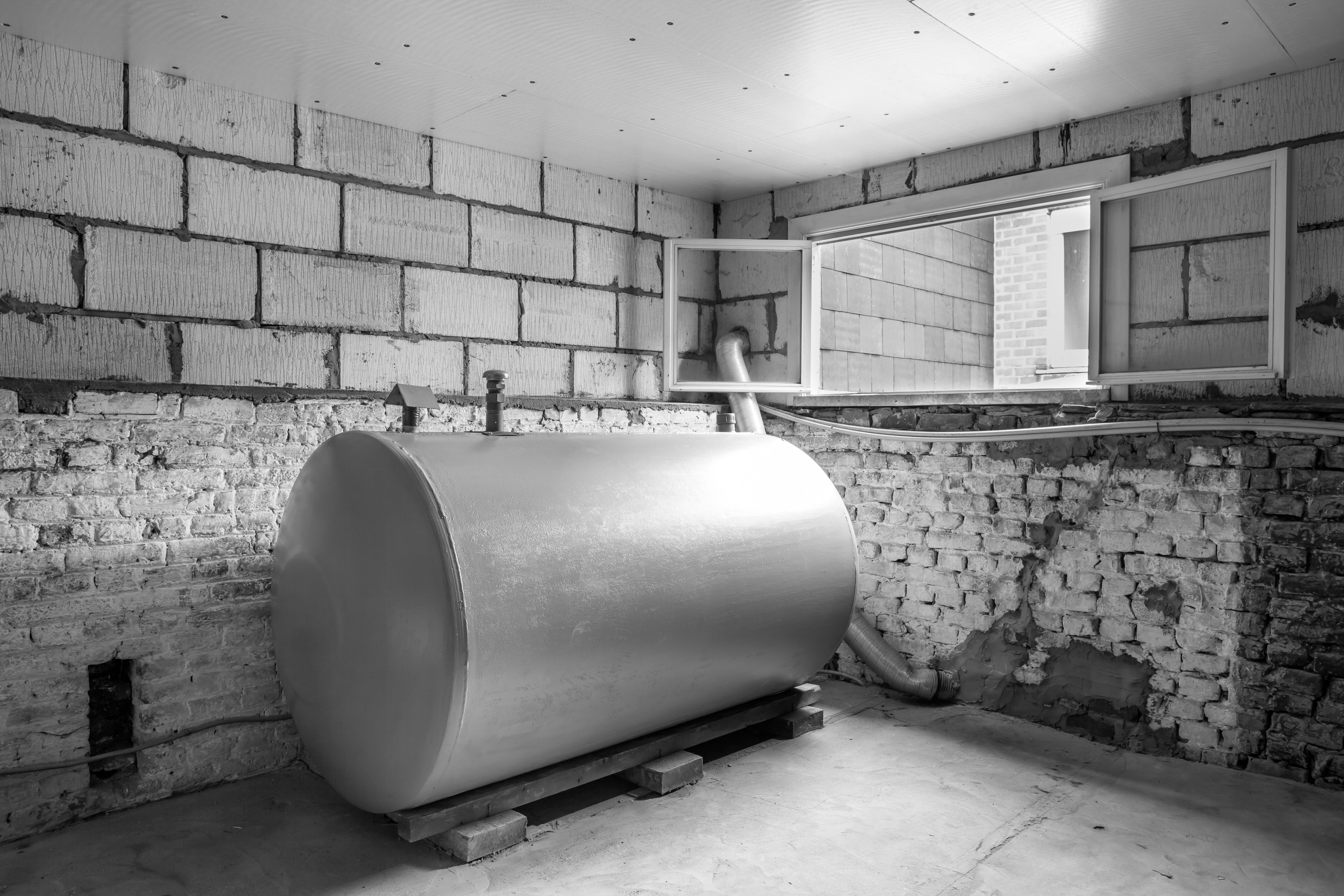Most homeowners don’t think about the state of their tanks for oil. However, these tanks can be crucial in ensuring security and comfort at home. Replacement of tanks for oil is a crucial purchase for homeowners because it impacts directly on infrastructure and also the safety of the home.

Residential oil tanks are an energy source that is reliable for hot water and heating systems. Over time, however corrosion may begin to develop and cause leaks and environmental risks. Homeowners must assess the condition and priority of their oil tanks. The replacement of your oil tank is more than an economic decision. It is an opportunity to safeguard your home and ensure a steady supply of heating oil.
Take into consideration the Cost
The financial aspect of oil tank replacement is a major consideration for homeowners. Total cost may vary depending on the size of the tank, the complexity of installation, as well as other environmental requirements. Finding accurate estimates of costs from reputable oil tank service providers is crucial for effective budgeting. The initial investment is substantial but it’s vital to maintaining the security and performance.
Factors Influencing Replacement Costs
Numerous factors impact the cost of oil tank replacement. Each of these variables play a part of the total cost, which includes size and type and installation site accessibility. The homeowners should be aware of the expense of labor and materials along with any potential modifications that are required. A thorough understanding of these aspects helps homeowners make informed choices about the costs of replacing.
Prioritizing Environmental and Safety Considerations
The replacement of oil storage tanks is driven by safety and environmental security concerns. The corrosion and leakage of old tanks could cause water and soil contamination. Replacing damaged tanks can reduce environmental risks and helps protect the surrounding ecosystem. A stringent set of safety guidelines is followed during the installation of new tanks to prevent accidents. This ensures the household’s safety is guaranteed.
Choosing a Trustworthy Provider
It is important to select a service provider that has an excellent reputation for oil tank replacement. This will guarantee that the process is smooth and in compliance. Homeowners should seek licensed professionals with expertise in installation and removal. Ideal is a service provider who has a track record for oil tank replacements and is committed to safety and environmental responsibility. Professionals who are honest and professional assure that your oil tank replacement requirements are fulfilled.
The long-term benefits far outweigh the initial cost.
Although the initial costs of changing your oil tank appear high, the benefits you’ll receive over the long term are worth every penny. Replacing old tanks will help homeowners avoid costly environmental remediation and property damage caused by leaks. New tanks provide greater efficiency and security. They can provide peace of mind and a reliable source for heating fuel. The end result is that replacing the oil tank is a proactive approach that helps protect homes, promotes the environment and improves the long-term security and comfort.
A replacement for an oil tank not only a financial investment, but also a step that homeowners need to take to ensure their safety, efficiency and the environmental sustainability and integrity of their residences. Homeowners can make informed choices by assessing the necessity of replacing, evaluating associated costs and focusing on safety and environmental considerations. By performing preventive maintenance and replacing damaged goods homeowners can help create a safe and sustainable living space.